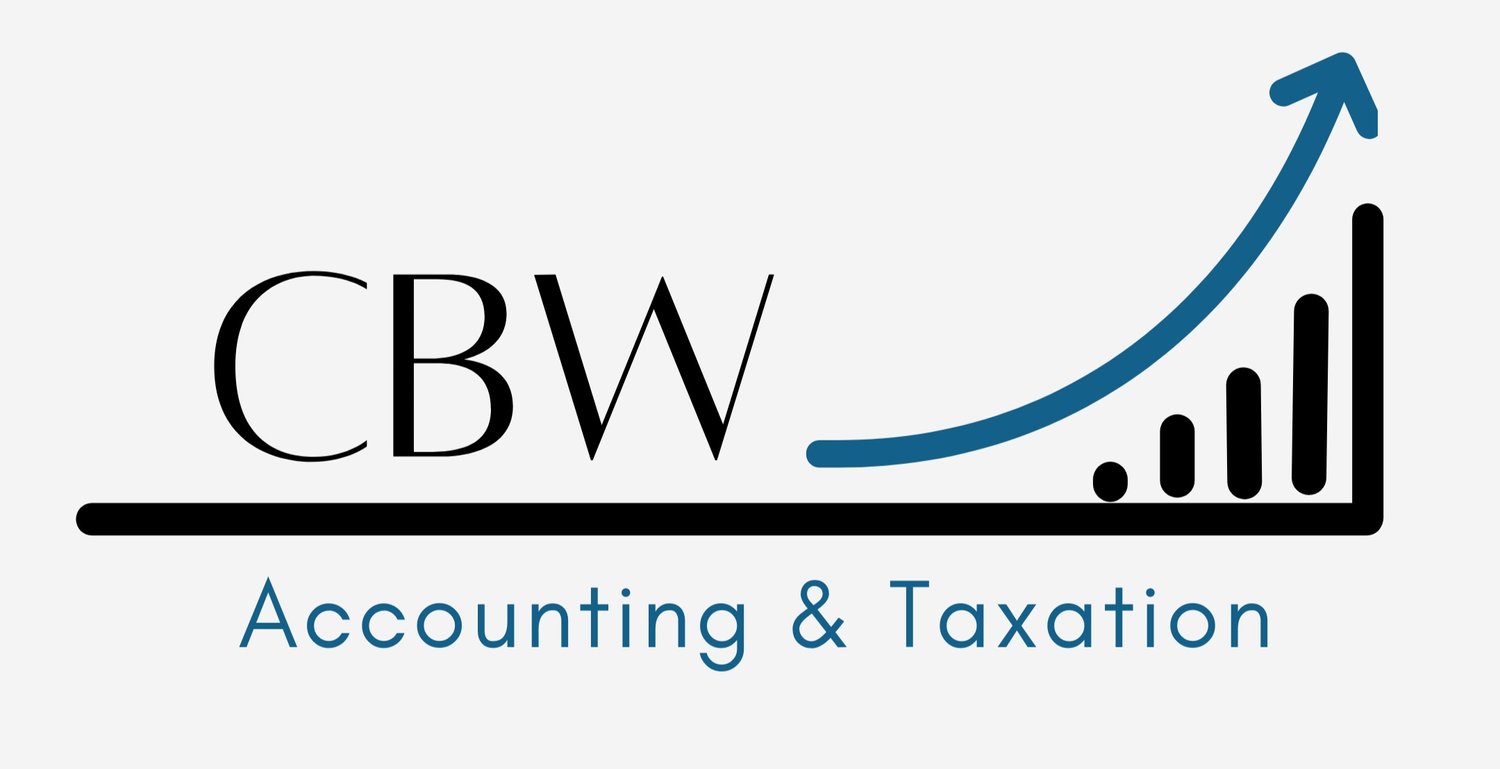Basics of Financial Reports for Small Business
Financial reports record the financial activities and position of the business and give the user a complete understanding of where the business is sitting financially. It is important to remember that they must contain all of the financial transactions of the business to ensure the accuracy of the information reported. If the information entered in isn’t correct or up to date, the reports won’t be either.
CBW Accounting and Taxation is always here to help you through the process of understanding your financials. Feel free to reach out if you require any further assistance.
Profit and Loss
Whether you are a small, medium or large business, the Profit and Loss is the most important financial report to give an overview of the income and expenses of the business. We recommend that this report is reviewed monthly for any business. The Profit and Loss is the easiest report to read, putting it simply, it contains the businesses income (money received) less it’s expenses (money spent), showing either a profit or loss. This doesn’t include payments for loans, major assets and business income tax.
It does however include items such as sales, cost of sales, travel, motor vehicle running costs, wages and various administrative costs such as office expenses, waste and cleaning.
We would recommend it being run once a month at the end of each month at a minimum, but not until such time that all of transactions for the month have been entered and reconciled. In most Accounting programs, it can be run using comparisons to different periods ie the same period from last year and include a year-to-date column which will show the totals for the year. This gives the business a good analysis of where they are tracking. The business can see where they are spending their money and if income and expenses have increased or decreased over the comparison periods.
The Profit and Loss is a great tool to help with budgeting and gives the business an understanding of when and where money is being spent along with the different fluctuations of income. It can be very helpful when it comes to making every day business decisions.
Balance Sheet
The Balance Sheet shows a snapshot of the business assets, liabilities and equities at a point in time. The sorts of items you will find on a balance sheet include bank balances, stock on hand, accounts receivable and payable, goodwill, any assets purchased less their depreciation, prepayments, loan and credit card balances, GST, PAYG and Super payable along with owner drawings, capital investments and retained earnings.
The Balance Sheet basically shows what cash and other assets the business has and what is owed by the business. It shows how liquid a business is and if they have enough assets to meet their debts. The basic accounting equation of the balance sheet is assets + liability = equity.
The Balance Sheet should be reviewed monthly along with the Profit and loss so that the business has a complete understanding of where the business stands financially.
Statement of Cashflows
The Statement of Cashflows is a report of the businesses cash and cash equivalents. It shows where the cash is coming in from and where it is being spent. The liquidity of the business and how well they manage the cashflow of the business can be seen from the report.



